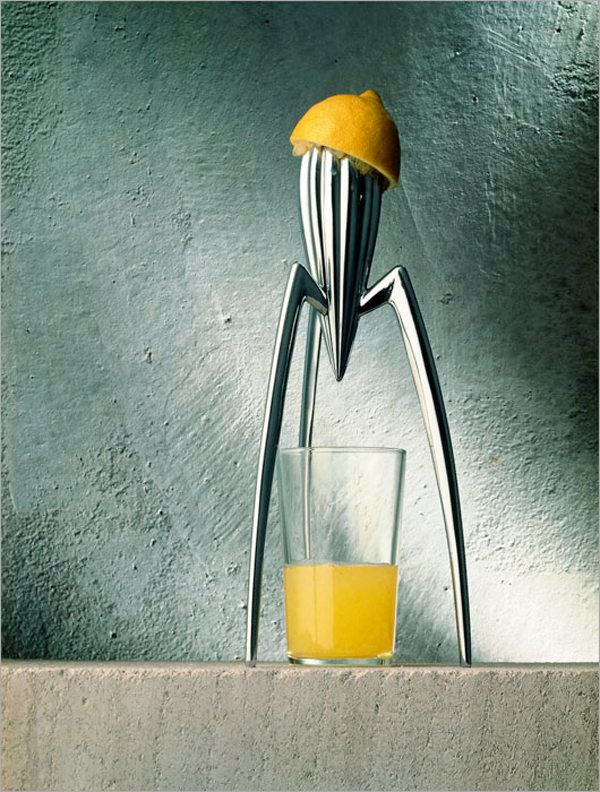
(original paper in IJDesign)
2.
3.

persuasive design
4. A hierarchy of consumer needs by P. Jordan:
(image from http://www.sciencedirect.com/science/article/pii/S1369702103012239)
5. Timo Arnall: A form vocabulary for RFID

(retrieved from nearfield.org)
(nearfield.org)
6.
"Forms in various materials invite touch and manipulation"
Retrieved from interactions
7.

siteless book sample page
8.

Retrieved from "Move to get moved"
9.
Problems:
1. How to design simple forms for rich interaction? (including movement-centric, social interaction, self-expression, etc.)
2. What's the relationship between movement and form? Can we think "movement" without form?
3. What kind of form is suitable for movement?

4. Echoing "tangible interaction = form + computing" by Mark Baskinger and Mark Gross, if "tangibility = movement + form", how can Tangibility be explored?
5. Affordance: restriction or hint?
EX1:
regarding "functionality" of a music player, pick up 8 representative forms on the above siteless sample page for 8 Effort qualities of LMA

Retrieved from "Move to get moved"

Retrieved from "interactions"
Studio Action 2:
Prepare a A2 poster
collect music players and other inspiring form
(reference: http://www.trendhunter.com/slideshow/ipod-alternatives)
make a physical model of a music player
(reference: http://ciid.dk/education/portfolio/idp12/courses/tangible-user-interface/projects/)
show the picture of this model on poster, and analyze according to LMA and gesture patterns (proximity to activate/deactivate, point to activate, rotate to change state, shake to change state...)
Deadline: 4/2, 2013





沒有留言:
張貼留言